While Analyzing efficiency of a sanitaryware manufacturing factory, focusing on a only 3 key metrics can significantly simplify the process while still providing valuable insights. By concentrating on just three numbers, it’s possible to gauge the factory’s efficiency effectively. To make this simple, we assume the factory follows good/same industry quality standards.
These metrics not only facilitate the internal analysis of a factory’s efficiency but also enable comparisons across other sanitaryware factories. Following are the three metrics we are going to see.
Production Cost:
- In the sanitaryware industry, the metric of production cost per kilogram of product is indeed an important indicator of overall factory performance.
- This metric helps to understand manpower efficiency, material utilization, and process optimization.
- A lower cost per kilogram is indicative of a factory’s ability to effectively manage and optimize its resources, which in turn reflects better efficiency.
- The production cost of the sanitaryware factory consists of 3 important factors. 1) Yield 2) Process Efficiency 3) Price/cost of elements in the factory.
- With low production costs, we can assume that all 3 factors are in control.
- But we can’t conclude or compare only using the cost of production to compare efficiency. There is still a possibility that a lower price/cost of elements in the factory can compensate for the low yield and low process efficiency. That is why we need to look into the global yield of the factory.
Global Yield:
- Global yields help to understand overall production efficiency in terms of waste (rejects) in the factory. The higher the global yield, the lower the waste.
- A factory that runs with less production cost and a high global yield is an indication of factory efficiency but not a conclusion.
- Because these two metrics can be achieved by producing simple products like basins, cisterns, and simple WCs.
- We need to look into the metric that indicates the complexity of the product produced.
- How to find a factory What kind of product is produced with these two metrics will help to finalize the efficiency of the factory. For that we can use the average weight of the piece produced in that factory.
Average weight of product Produced:
- The average weight of products helps to find the complexity of products produced in the factory. The higher the average weight, the higher the complexity. Like, producing one piece will increase the complexity as well as the average weight of the piece produced.
- When a complex product like a one-piece toilet is produced in the factory, it increases the manufacturing challenges, resources, logistics, and other complexities. Thus reduces the yield as well as increases the production cost.
- So the lower the production cost, the higher the global yield, and the higher the average weight of the product produced, the more highly efficient the factory will be.
Conclusion:
I hope this article helps to understand the three key metrics necessary for evaluating efficiency in a sanitaryware manufacturing process factory.



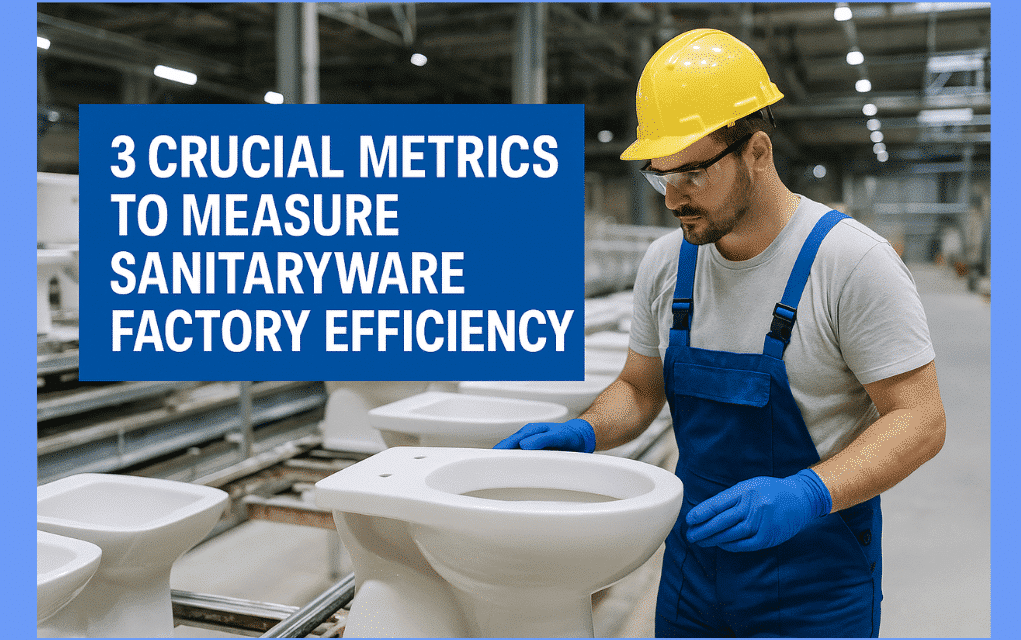

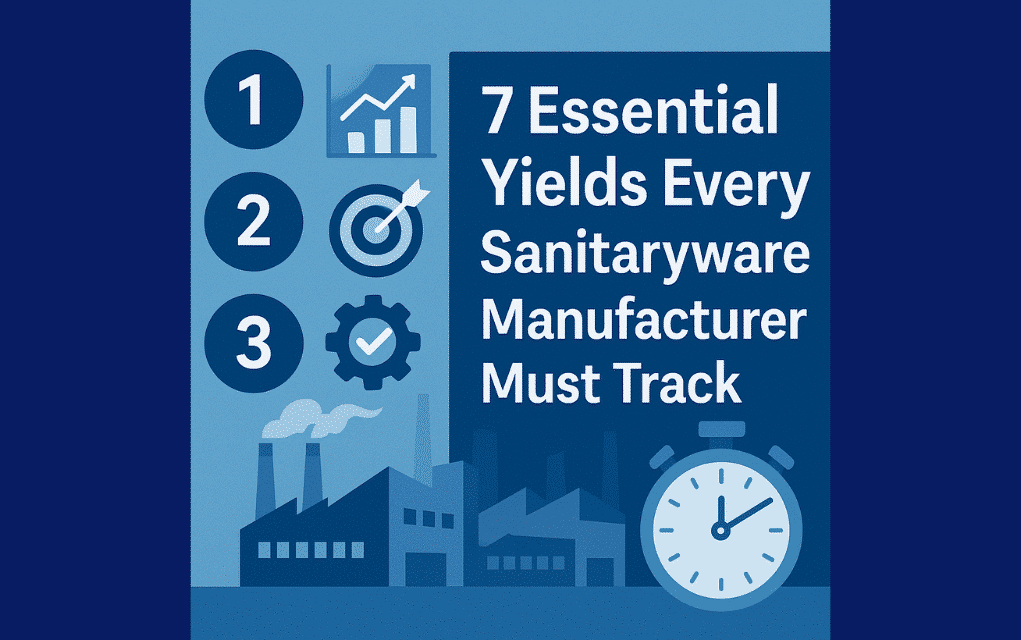
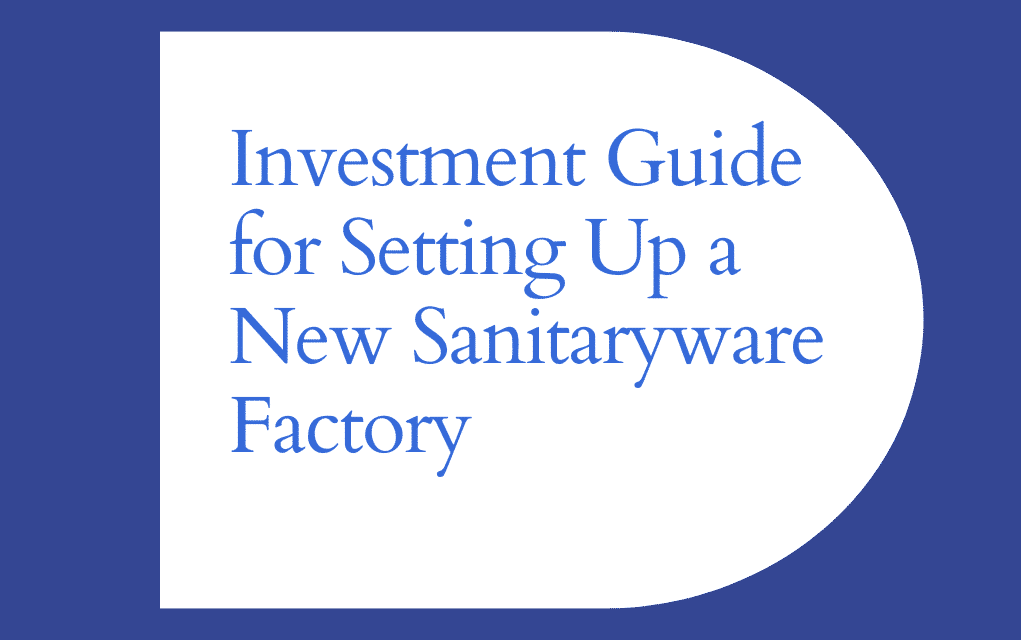



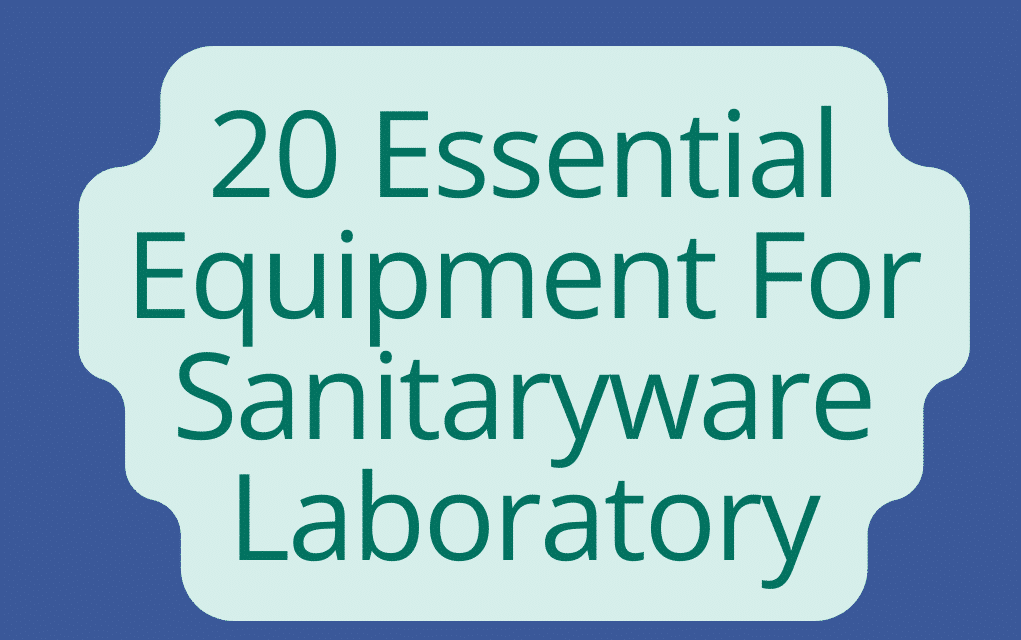
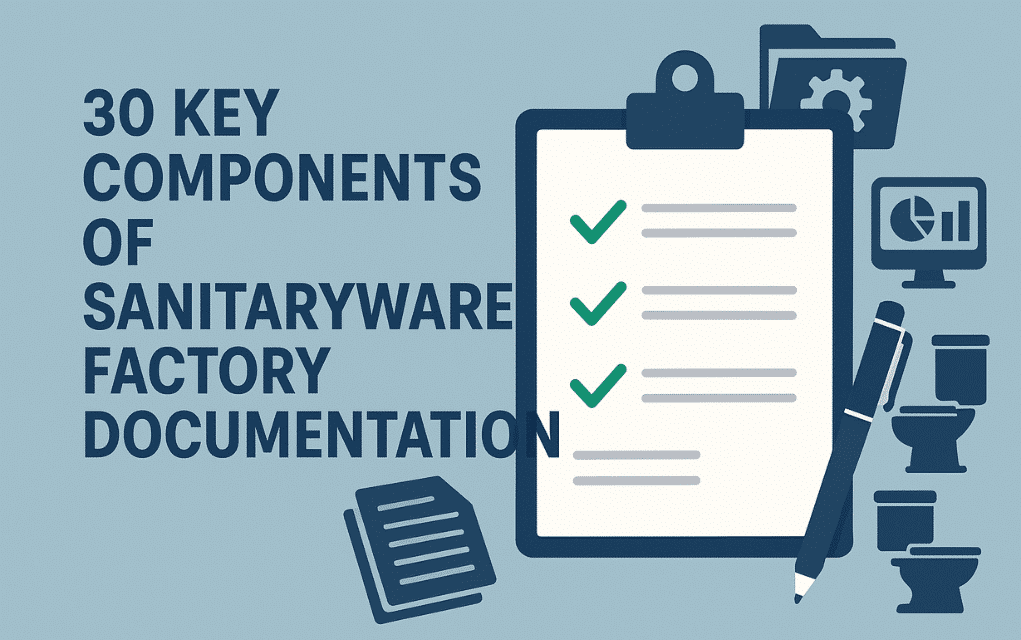





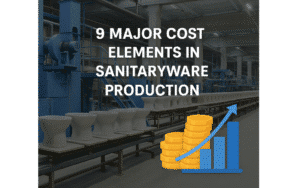
2 comments